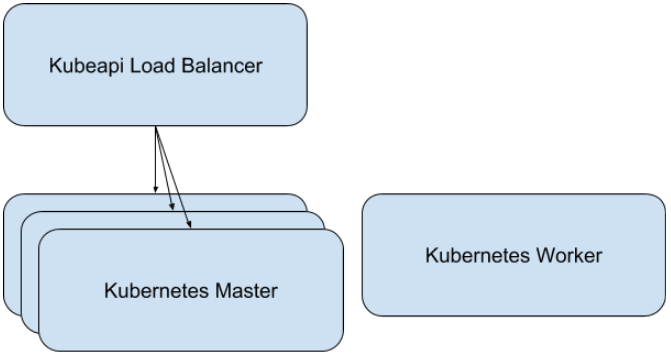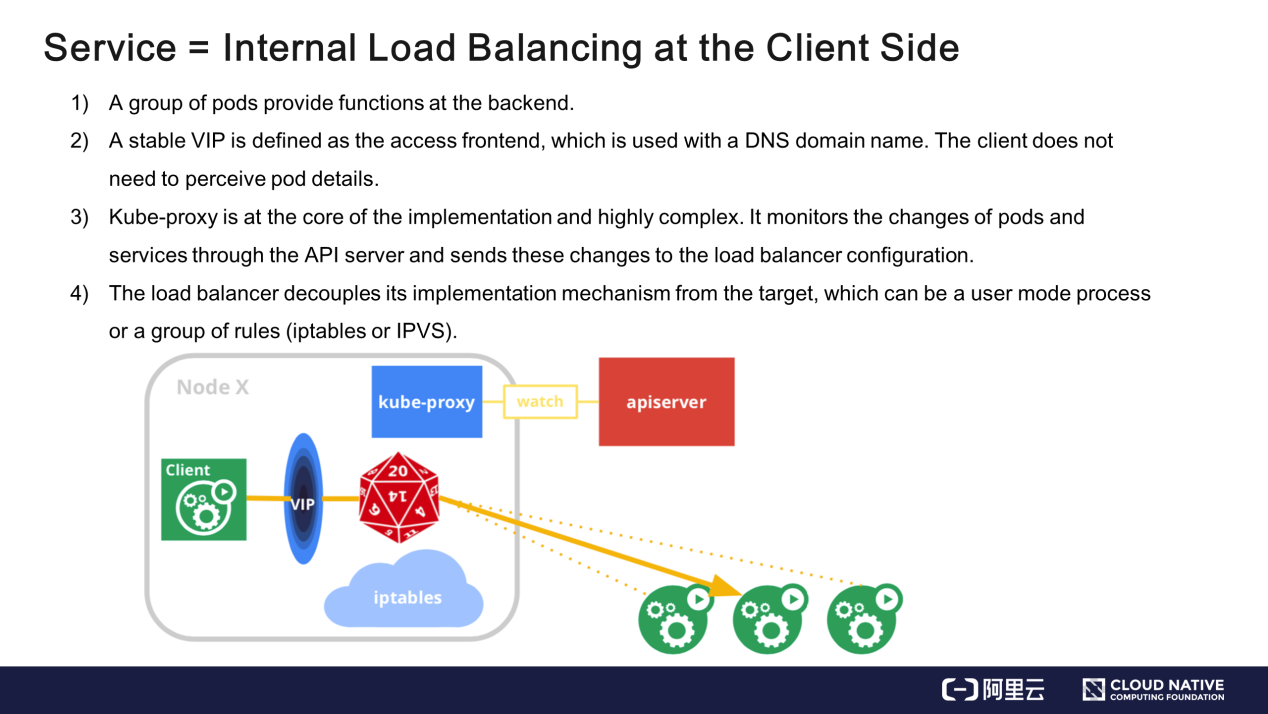
- #Docker for mac assign ip to loadbalancer kuberntes how to#
- #Docker for mac assign ip to loadbalancer kuberntes install#
- #Docker for mac assign ip to loadbalancer kuberntes free#
INFO Starting Node 'k3d-mycluster-serverlb' INFO Starting Node 'k3d-mycluster-agent-1' INFO Starting Node 'k3d-mycluster-agent-0' INFO Starting Node 'k3d-mycluster-server-0' INFO Creating LoadBalancer 'k3d-mycluster-serverlb' INFO Creating node 'k3d-mycluster-agent-1' INFO Creating node 'k3d-mycluster-agent-0' INFO Creating node 'k3d-mycluster-server-0' INFO Created volume 'k3d-mycluster-images'
#Docker for mac assign ip to loadbalancer kuberntes install#
# install kubecm: Configuration management tools Other platforms, Please follow the official documentation.

The following construction process, Is in the macOS The notes, For reference. and k3d namely k3s in docker, With docker Container management k3s colony. K3s yes Rancher To launch the K8s Lightweight version. This article takes k3d For example, On macOS build K8s service. When actually deployed, You can use the cloud vendor's K8s service. Local development testing, Need to build a K8s Lightweight service.
#Docker for mac assign ip to loadbalancer kuberntes how to#
This article will show you how to get started quickly K8s Use. Kubernetes It's for automatic deployment, Open source systems for extending and managing containerized applications. The minimesos project enables you to run an Apache Mesos cluster on a single machine, which makes it very easy to develop Mesos frameworks.īy default, Weave Scope is included in the minimesos cluster, and can be accessed at. Ready to launch a stack? Click here to launch a stack to AWS:įor step by step instructions on how to configure the stack, see: Install Weave to AWS with One-Click minimesos The link below will launch a sample app using a Cloudformation template, but you can swap out the IdentiOrca app and use your own app instead. You will need to reference the name of the key pairs when you create the stack. Use this specially created Weaveworks CloudFormation template to create an EC2 instance with all of the resources you need, including Weave Net and Weave Scope. CloudFormation templates provide developers and systems administrators a simple way to create a collection or a stack of related AWS resources, and it provisions and updates them in an orderly and predictable fashion. The AWS CloudFormation template is the easiest way to get started with Weave Net and Weave Scope.
#Docker for mac assign ip to loadbalancer kuberntes free#
To get started with WeaveĬloud, sign up for a free trial. On a variety of platforms and orchestrators. Weave Cloud provides easy step-by-step instructions for installation

You want to benefit from Weave Cloud features beyond Weave Scope.You want to minimize Weave Scope memory and CPU usage.You want to share access with your coworkers.Scope via Weave Cloud is the recommended option if: Management of your containers and microservices. Weave Cloud is a SaaS that simplifies deployment, monitoring and Installing on any Platform and Orchestrator, via Weave Cloud


Weave Scope consists of three parts: the probe, the app and the user interface.


 0 kommentar(er)
0 kommentar(er)
